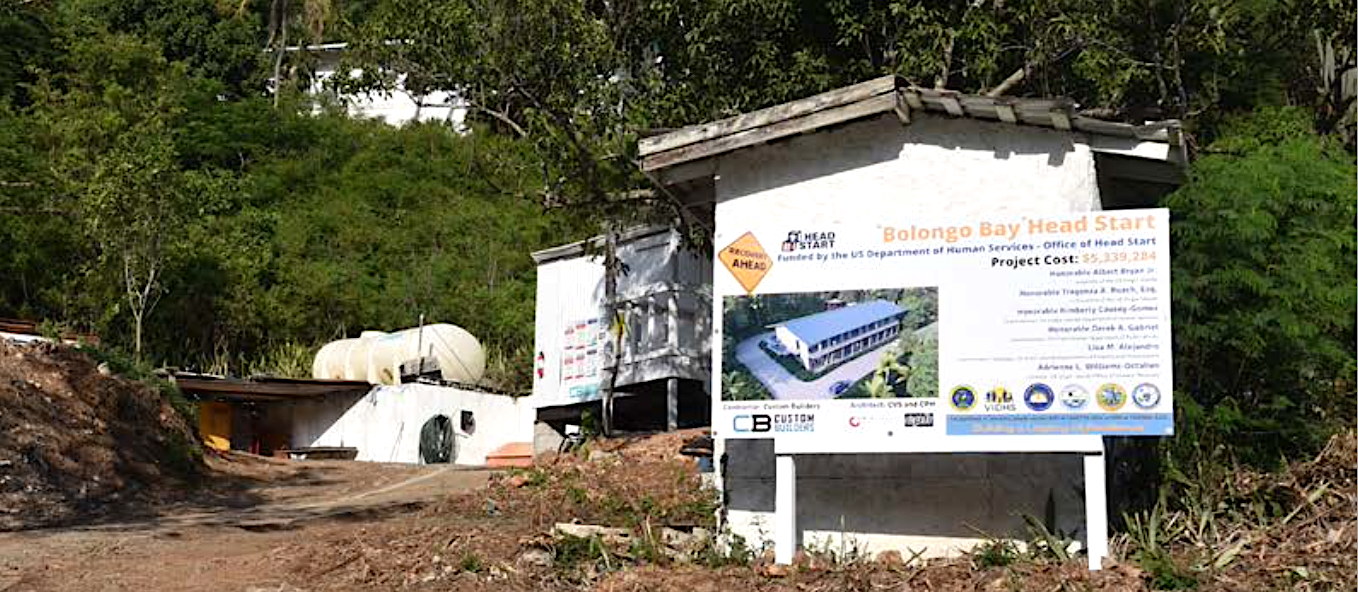
The territory’s Office of Disaster Recovery secured more than $2 billion in federal relief funds in 2023, raising total allocations to $10 billion, according to ODR officials.
In its annual report, the office predicted the total hurricane and pandemic relief would rise to $12 billion. ODR Director Adrienne Williams-Octalien said disaster relief officials speculated it could potentially secure $15 billion or more.
Much of the report detailed the importance of spending the money. Federal disaster relief funds were listed in four groups: an estimated $12 billion total, more than $9.7 billion in allocated funds, more than $8.5 billion in obligated funds, and nearly $3.2 billion in funds spent as of the end of the territory’s fiscal year in September. That means roughly 63 percent of total federal disaster assistance grants have yet to be expended.
The biggest hurdle in moving the various grants from potential funds to spent funds was the 10 percent local match required for FEMA Public Assistance Program funds, according to the report. The U.S. Virgin Islands was seeking a waiver to skip provisions in measures meant to help fund projects, like the Bipartisan Budget Act of 2018, which actually made getting the Housing and Urban Development funds harder.
“The territory cannot meet its current 10 percent share without committing virtually all of the HUD allocation to this purpose at the expense of other critical housing, infrastructure and economic recovery projects,” the report said.
Streamlining the process and gaining efficiency in coordinating the implementation of a potentially $15 billion reconstruction program over the next decade was vital, according to the report.
“Entering 2024, the ODR intends to initiate the construction phase on the remaining larger, more complex projects, which require greater coordination for project delivery and more efficient processes. Our office has always understood the assignment, fully recognizing that time is of the essence. Now that funds have been awarded to begin these projects, this is the time to move expeditiously toward construction while keeping a firm stance on a ‘Pathway to Resilience’ that incorporates lessons learned and addresses challenges head-on. This includes ensuring that the remaining 62 unobligated projects move into construction within the next three years,” Williams-Octalien wrote in the report.
Schools, healthcare facilities, and water and wastewater lines were priorities, she said, as was streamlining the process to ensure timely vendor payments. Since the start of recovery from the 2017 storms, the territory has expended $3.2 billion to start and complete projects across various funding sources, according to the report. In 2022, that came to more than $460 million in recovery dollars paid out.
The territory completed 73 recovery projects between August 2022 and September of this year, the report said, including the temporary structure at the Juan F. Luis Hospital on St. Croix, the Knud Hansen Women’s, Infants and Children’s rebuild on St. Thomas, and restoration of the Sprauve Library and Museum on St. John.
Healthcare projects in progress or planned include a new Queen Louise Home for the Aged, the new Juan F. Luis Hospital and Medical Center, work on Roy L. Schneider Hospital and Myrah Keating Smith Community Health Clinic, a new Frederiksted WIC building, and a new Charles Harwood Medical Complex.
The Virgin Islands Education Department has obtained FEMA obligations totaling approximately $399 million for the replacement or repair of several major schools across both districts, including Alexander Henderson and Joseph Sibilly, according to the report. Work on the Arthur A. Richards school and the Gladys Abraham school was underway. Funds were obligated to the Edith Williams Alternative Education Program and the Bertha C. Boschulte Elementary School. Funds for Charlotte Amalie High School, St. Croix High School and St. Croix Educational Complex, Claude O. Markoe Elementary School, Julius Sprauve School, and Addelita Cancryn Junior High School have yet to be obligated.
Housing projects also abound, including a timeline for the long delayed Donoe apartments, where asbestos concerns slowed work. Redevelopment for 84 apartments across 14 buildings was 38 percent complete, according to the report.
A planned $67.6 million is slated to be injected into the electrical grid, some $35 million for roadways, and roughly $32 for the territory’s ports. Funds for the Water and Power Authority go to putting power lines in St. John and St. Croix underground, completing implementation of the new Wartsila power generators, and putting up hurricane-resistant power poles. A waterline extension to the Clifton Hill area of St. Croix was completed in September, and other extensions were planned for Hannas Rest and Campo Rico, as well as St. Thomas’ Nazareth and Done areas.
Nearly $20 million was slated to upgrade waste management operations.
Funding for revitalization of public parks, libraries, and emergency services is also detailed in the report.


